Facts about historical curses that still give people chills
History is often peppered with tales of curses that intrigue and mystify us. These stories blend the allure of the unknown with the thrill of danger, capturing the imagination of many.
From ancient relics to modern-day mysteries, curses promise a tantalizing mix of fear and fascination. Despite advances in science and reason, the allure of cursed objects and events continues to captivate our curiosity, reminding us of the ever-present mystery that history holds.
The Curse of Tutankhamun’s Tomb: A Pharaoh’s Revenge

When Howard Carter uncovered the tomb of Tutankhamun in 1922, the world was captivated by the treasures within. However, the discovery also sparked rumors of a curse. Many involved in the excavation, including Lord Carnarvon, died under mysterious circumstances shortly after.
The fascination with the curse persists, even as modern historians suggest coincidences and natural causes. Nonetheless, the legend of the pharaoh’s curse remains one of the most intriguing tales of ancient Egypt.
The Hope Diamond: A Jewel with a Dark Past
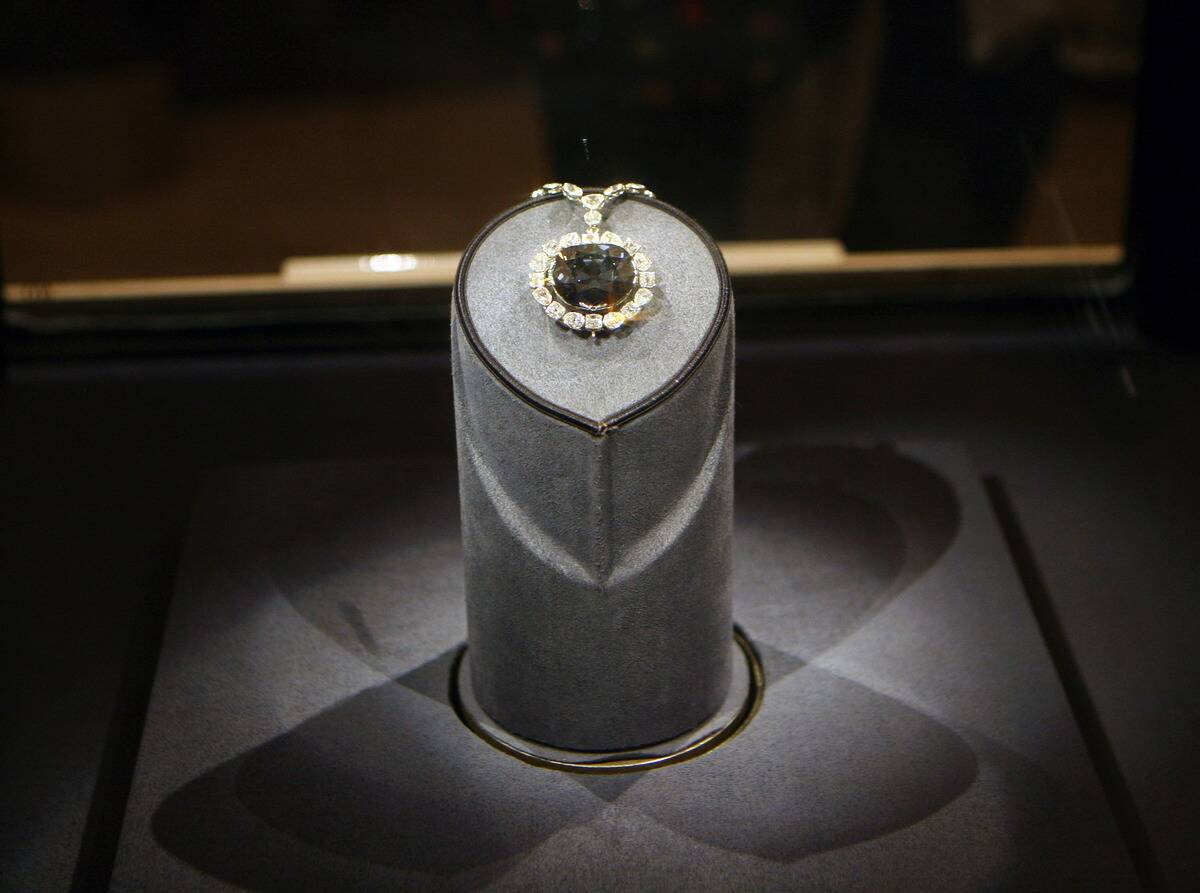
The Hope Diamond, with its stunning deep-blue hue, is as famous for its beauty as for its supposed curse. Allegedly stolen from an Indian temple, the diamond is said to bring misfortune to its owners.
Over centuries, it has passed through numerous hands, each with tales of tragedy or ruin. Today, the diamond rests safely in the Smithsonian, captivating visitors with its beauty and the chilling stories of its past.
The Kennedy Family Curse: Tragedies in Camelot

The Kennedy family, often referred to as American royalty, has endured a series of tragic events, leading some to believe in a family curse. From the assassinations of John and Robert Kennedy to the untimely deaths of John F. Kennedy Jr. and others, the pattern of misfortune is striking.
Scholars argue these events are coincidental, yet the tragedies have cemented the idea of a curse in public consciousness, adding a dark shadow to their storied legacy.
Ötzi the Iceman: The Curse of the Frozen Mummy

Discovered in the Alps in 1991, Ötzi the Iceman quickly became a sensation for his well-preserved state. However, shortly after his discovery, a string of deaths among those connected to him sparked rumors of a curse.
Scientists and skeptics dismiss these claims as mere coincidence, yet the story adds an eerie dimension to the ancient mummy. Ötzi remains a fascinating subject of study, blending ancient history with modern intrigue.
The Curse of the Bambino: A Baseball Legend’s Long Shadow

The Curse of the Bambino haunted the Boston Red Sox for over 80 years. Legend has it that the curse began when Babe Ruth was sold to the New York Yankees, leading to an extended championship drought.
Fans and players alike blamed the curse for the team’s misfortunes. It wasn’t until 2004 that the Red Sox broke the curse by winning the World Series, bringing joy to Boston and ending a legendary sports saga.
The Cursed Painting: The Crying Boy Mystery
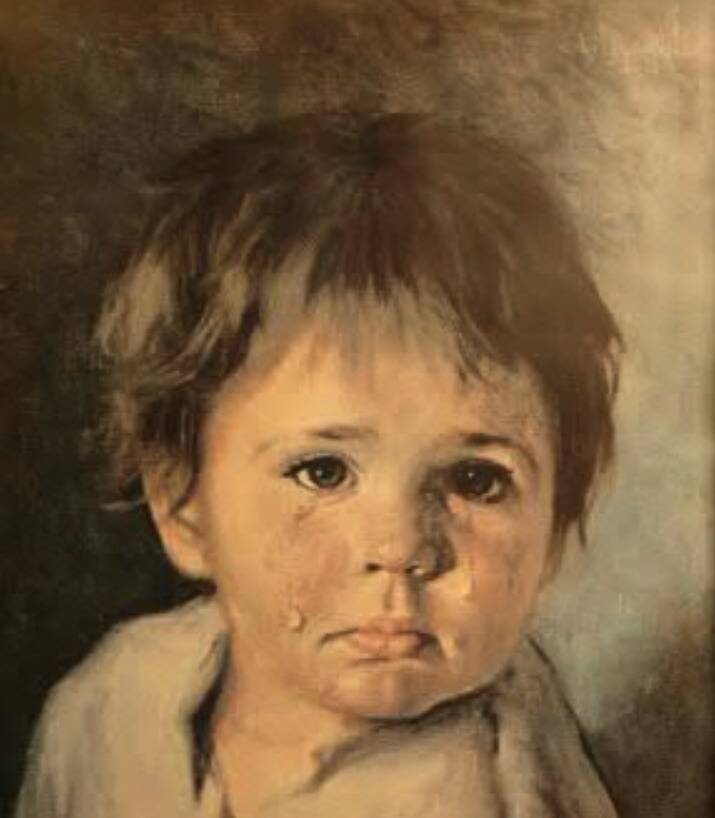
In the 1980s, a series of house fires in the UK were linked to a mass-produced painting known as “The Crying Boy.” Despite the fires, the paintings often survived unscathed, leading to theories of a curse. Experts dismissed these claims, attributing the phenomenon to the paint’s fire-retardant properties.
Nevertheless, the mysterious survival of the painting in the midst of destruction fueled public fascination and kept the legend alive.
The Curse of the Hopewell Rocks: Nature’s Wrath in Stone

The Hopewell Rocks in Canada are famous for their towering formations and breathtaking views. However, local legends speak of a curse that brings misfortune to those who disrespect the natural wonder.
While the tales are likely more myth than reality, they add an intriguing layer to the site’s allure. Visitors continue to flock to the rocks, drawn by both their natural beauty and the whispers of a lingering curse.
The Terrible Fate of the 27 Club: A Musical Mystery

The 27 Club refers to the haunting number of famous musicians who died at the age of 27. Icons like Jimi Hendrix, Janis Joplin, and Kurt Cobain are part of this tragic group.
Some attribute these deaths to a curse, while others see a pattern in the pressures of fame and lifestyle. Regardless of the cause, the 27 Club remains a poignant reminder of the price of celebrity and the fragility of life.
The Curse of the Ninth: A Composer’s Nightmare

The Curse of the Ninth is a superstition among composers that their ninth symphony will be their last. This belief gained traction due to the deaths of Beethoven, Schubert, and others after their ninth symphonies.
While many dismiss the curse as mere coincidence, it continues to evoke unease among musicians. The fear of the ninth symphony adds a layer of drama to the creative process, blending superstition with the world of classical music.
The Curse of the Pharaoh’s Necklace: Jewelry with a Jinx
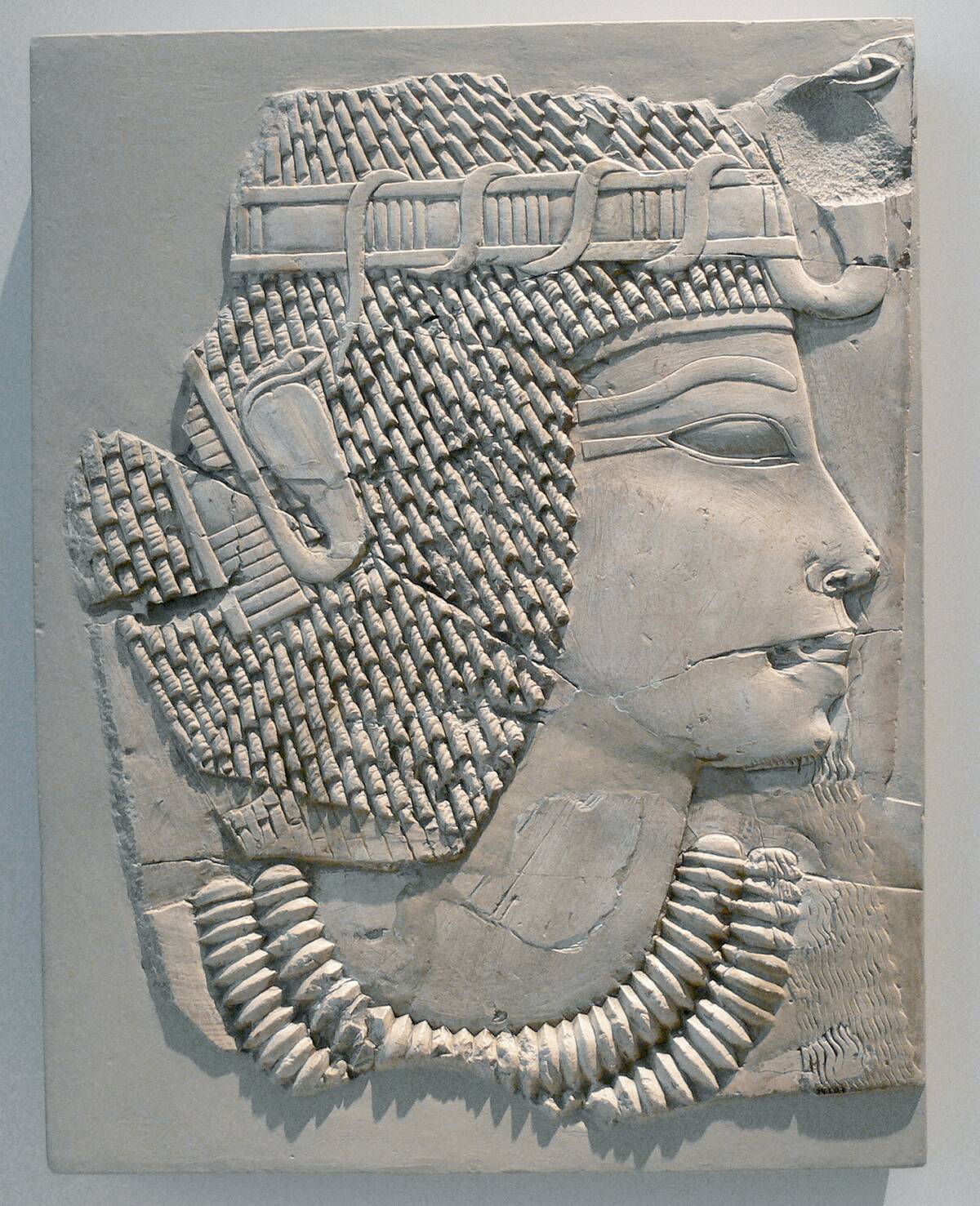
The story of the Pharaoh’s Necklace involves a beautiful piece of jewelry allegedly cursed by ancient priests. According to legend, the necklace brings misfortune to those who wear it. While tales of the curse are largely considered folklore, the allure of the story persists.
The necklace serves as a reminder of the mystique surrounding ancient Egyptian artifacts and the enduring power of a good curse story to captivate our imaginations.
The Cursed Amethyst: The Gem of Sorrow
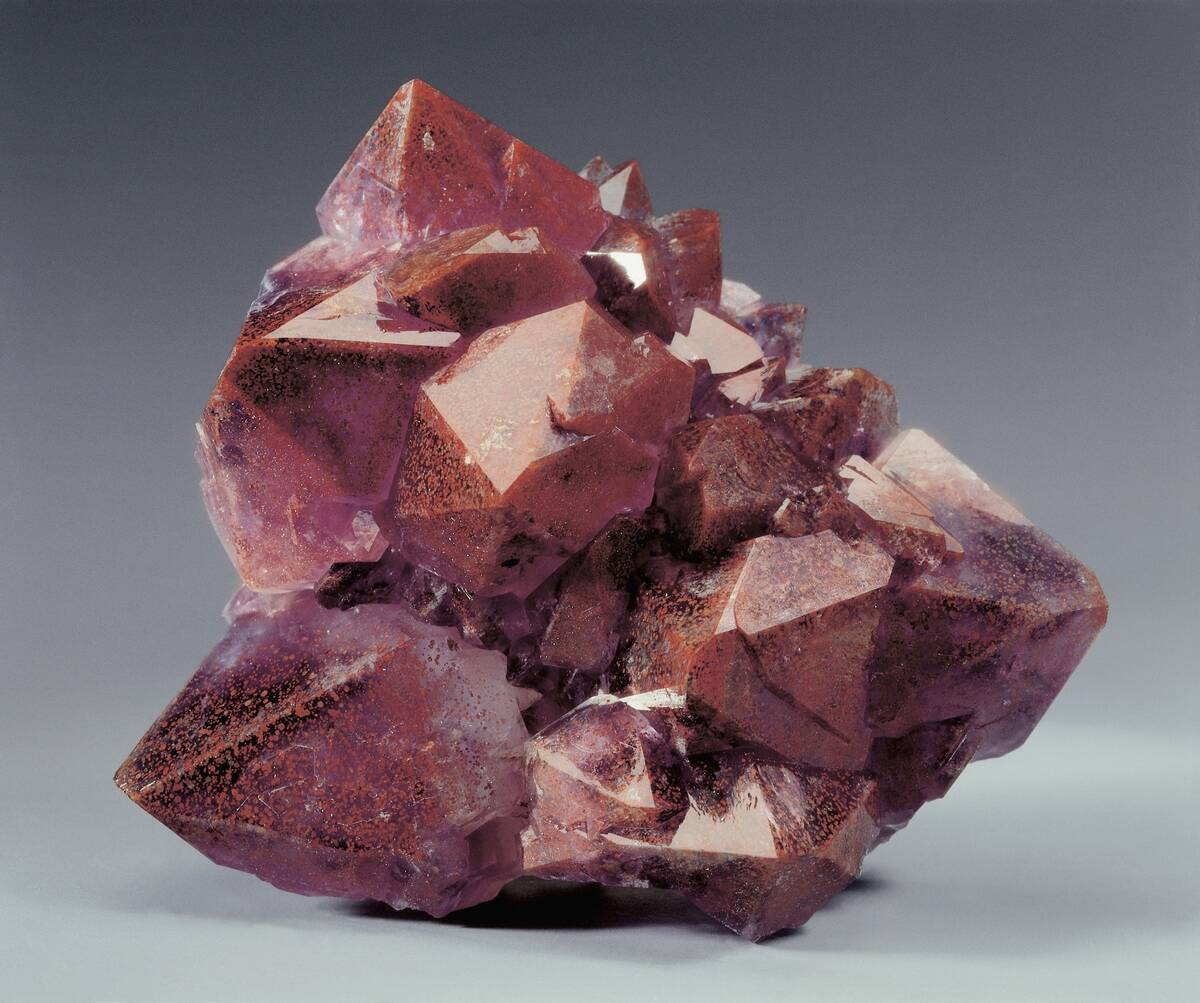
The Delhi Purple Sapphire, often mistaken for an amethyst, is famed for its curse. The stone is said to bring bad luck and disaster to its owners. Currently housed in the Natural History Museum in London, the gem is accompanied by a note warning of its malevolence.
Despite scientific explanations for these events, the stone’s ominous reputation endures, continuing to intrigue those drawn to tales of cursed jewels.
The Curse of the Polish King’s Chair: A Royal Wrath

Legend has it that a chair belonging to a Polish king is cursed, bringing death to those who sit in it. The chair’s history is shrouded in mystery, with tales of sudden deaths adding to its eerie reputation.
While skeptics dismiss the curse as mere superstition, the chair remains a curious artifact. Its story serves as a reminder of the power of royal legend and the enduring appeal of a good curse tale.
The Curse of the Koh-i-Noor Diamond: The Jewel of Misfortune

The Koh-i-Noor diamond, one of the largest in the world, is reputed to be cursed, bringing misfortune to male owners. Its tumultuous history includes being seized and fought over by empires.
Today, it is part of the British Crown Jewels, where it is worn by female members of the royal family to avoid the curse. The diamond’s lore adds to its mystique, symbolizing both beauty and the perilous allure of power.
The Curse of the Billy Goat: Baseball’s Bizarre Blight
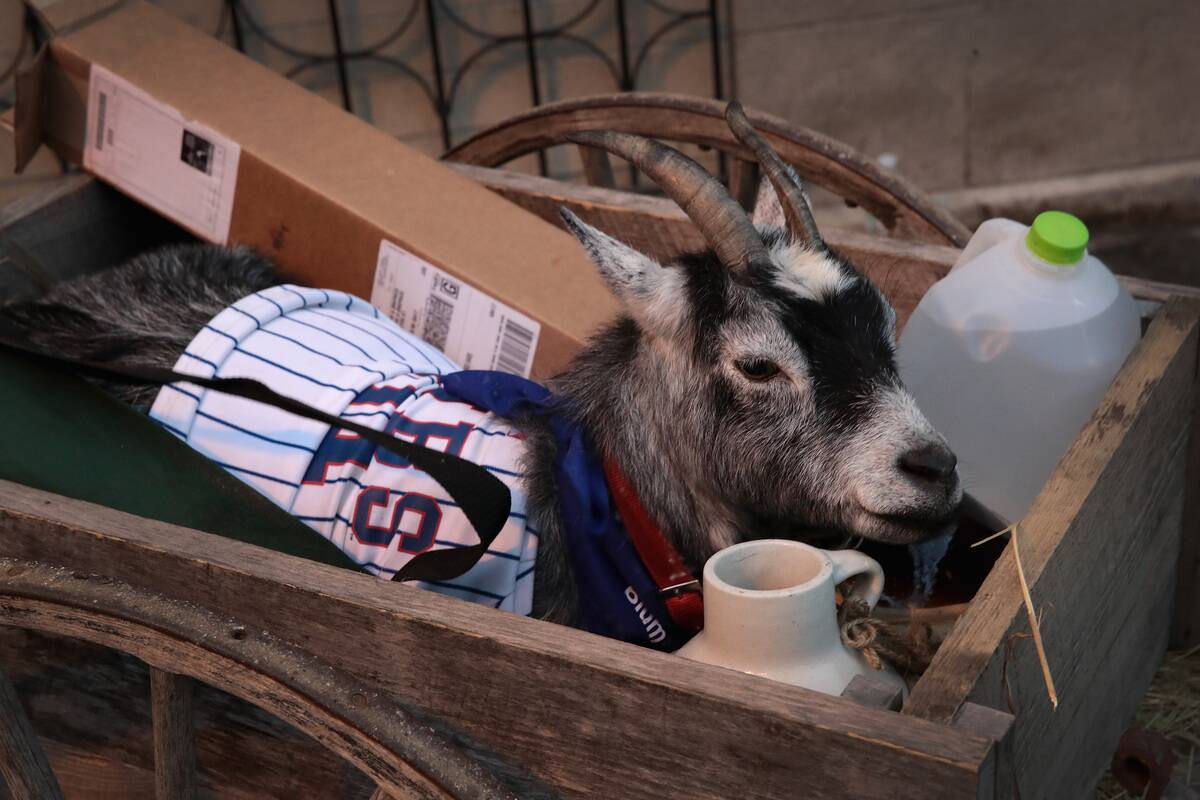
The Curse of the Billy Goat is a famous sports superstition associated with the Chicago Cubs. In 1945, a goat was denied entry to Wrigley Field, leading its owner to proclaim that the Cubs would never win another World Series.
For decades, the team struggled, seemingly validating the curse. However, in 2016, the Cubs broke the curse by winning the World Series, delighting fans and finally putting the legend to rest.
The Cursed Tomb of Timur: A Tamerlane’s Terror

The tomb of Timur, a 14th-century conqueror, is said to be cursed. Legend claims that opening the tomb would unleash a great calamity. In 1941, Soviet archaeologists opened it, and three days later, Nazi Germany invaded the Soviet Union.
The timing of these events fueled the curse’s legend, though historians attribute it to coincidence. Timur’s tomb remains a symbol of the intertwining of history and superstition.
The Curse of the Titanic: A Ship’s Sinister Secret
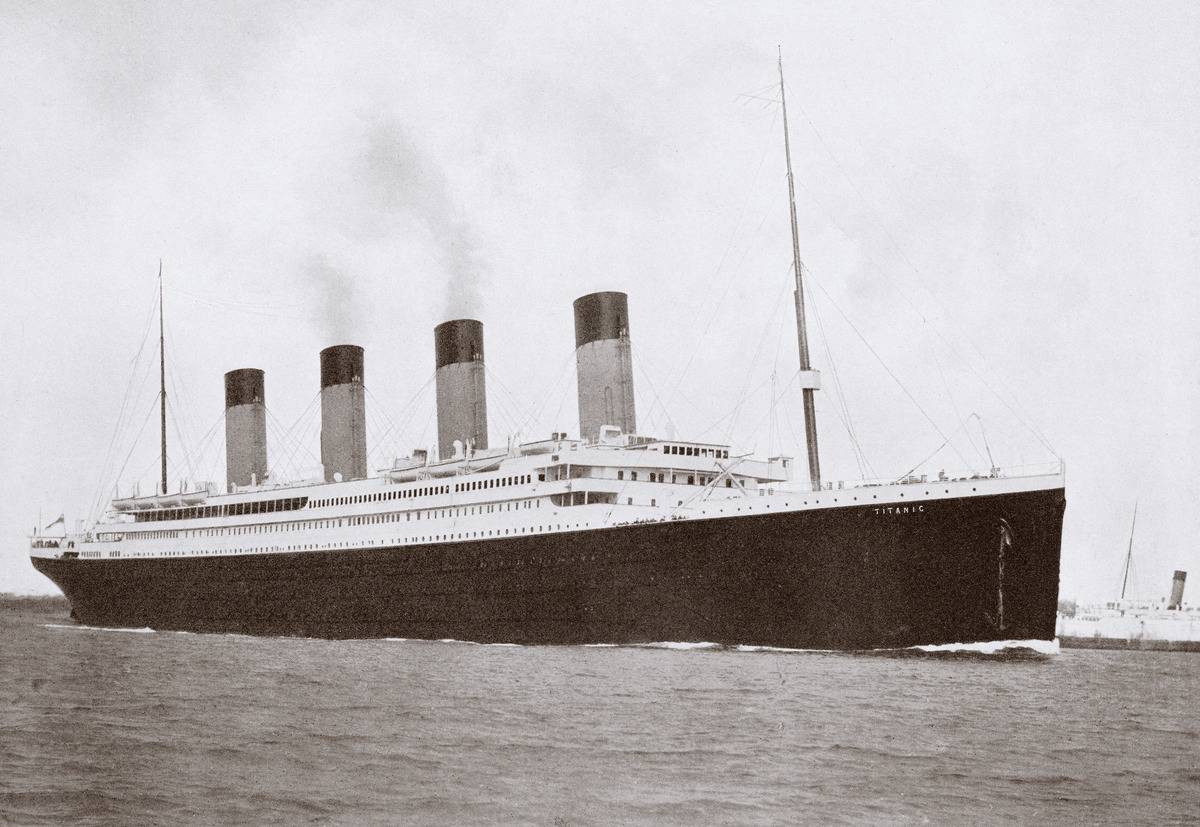
The sinking of the Titanic in 1912 is one of history’s most infamous tragedies, and some believe a curse may have played a role. Stories suggest the ship carried cursed artifacts, contributing to its doom.
While historians attribute the disaster to human error and environmental factors, the myth of the Titanic’s curse endures. It serves as a haunting reminder of the limits of human ambition and the mysteries of the sea.
The Curse of Macbeth: A Theatrical Taboos

The curse of Shakespeare’s “Macbeth” is a well-known theatrical superstition. It is believed that uttering the play’s name inside a theater brings misfortune. Actors refer to it as “The Scottish Play” to avoid invoking its wrath.
The origin of the curse is unclear, but tales of accidents and mishaps during performances have perpetuated the belief. The tradition adds a layer of intrigue and caution to the world of theater.



